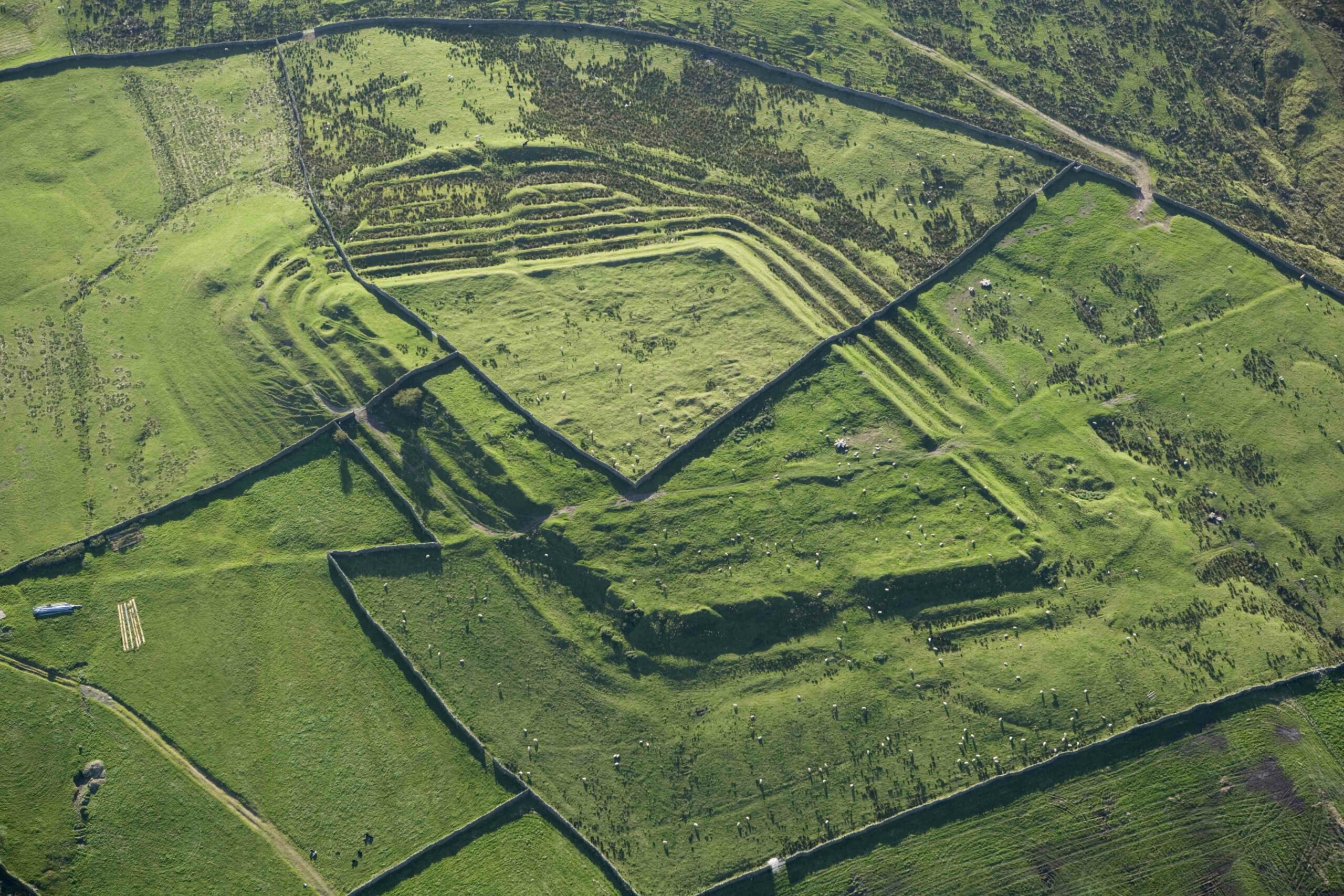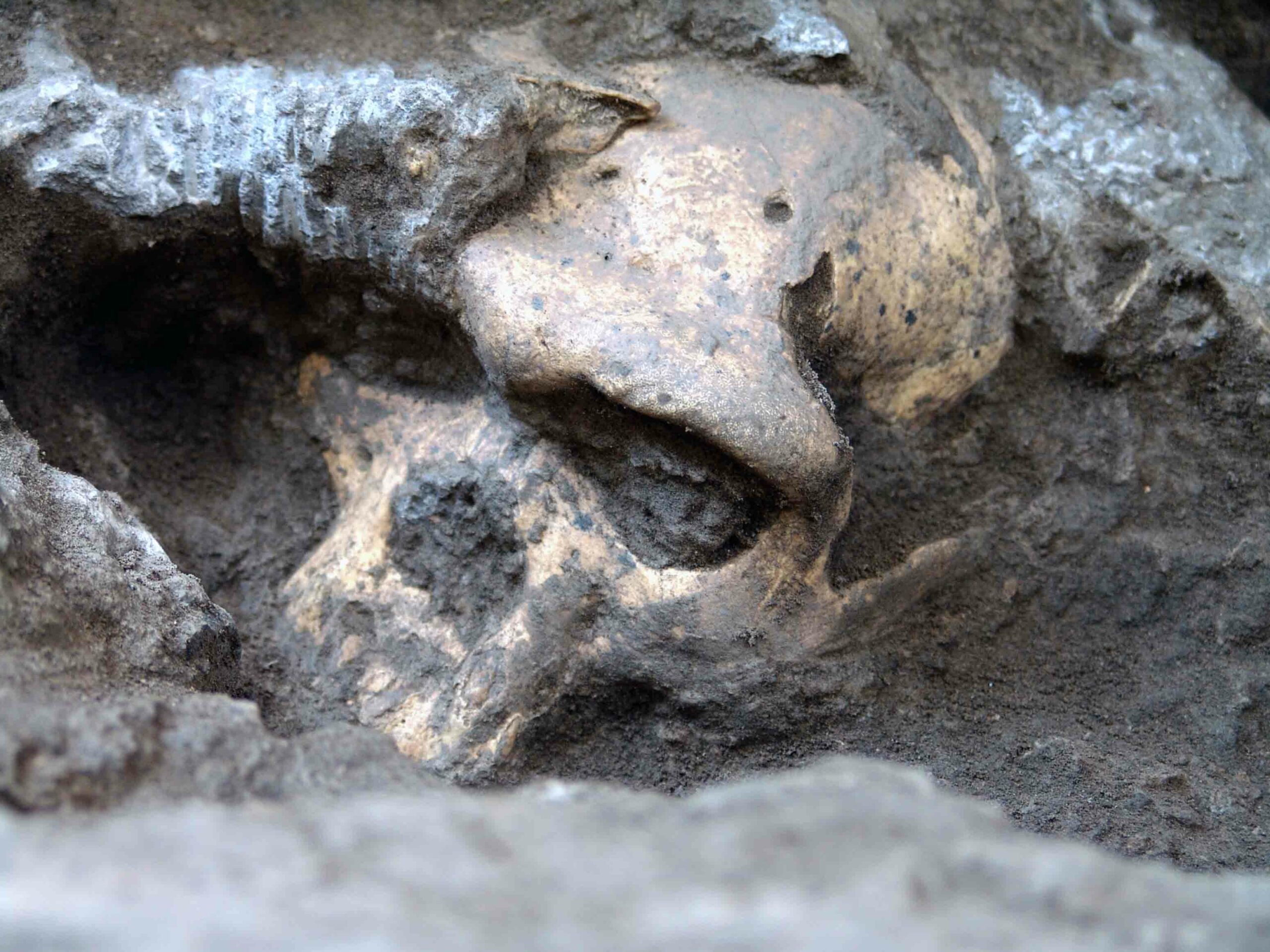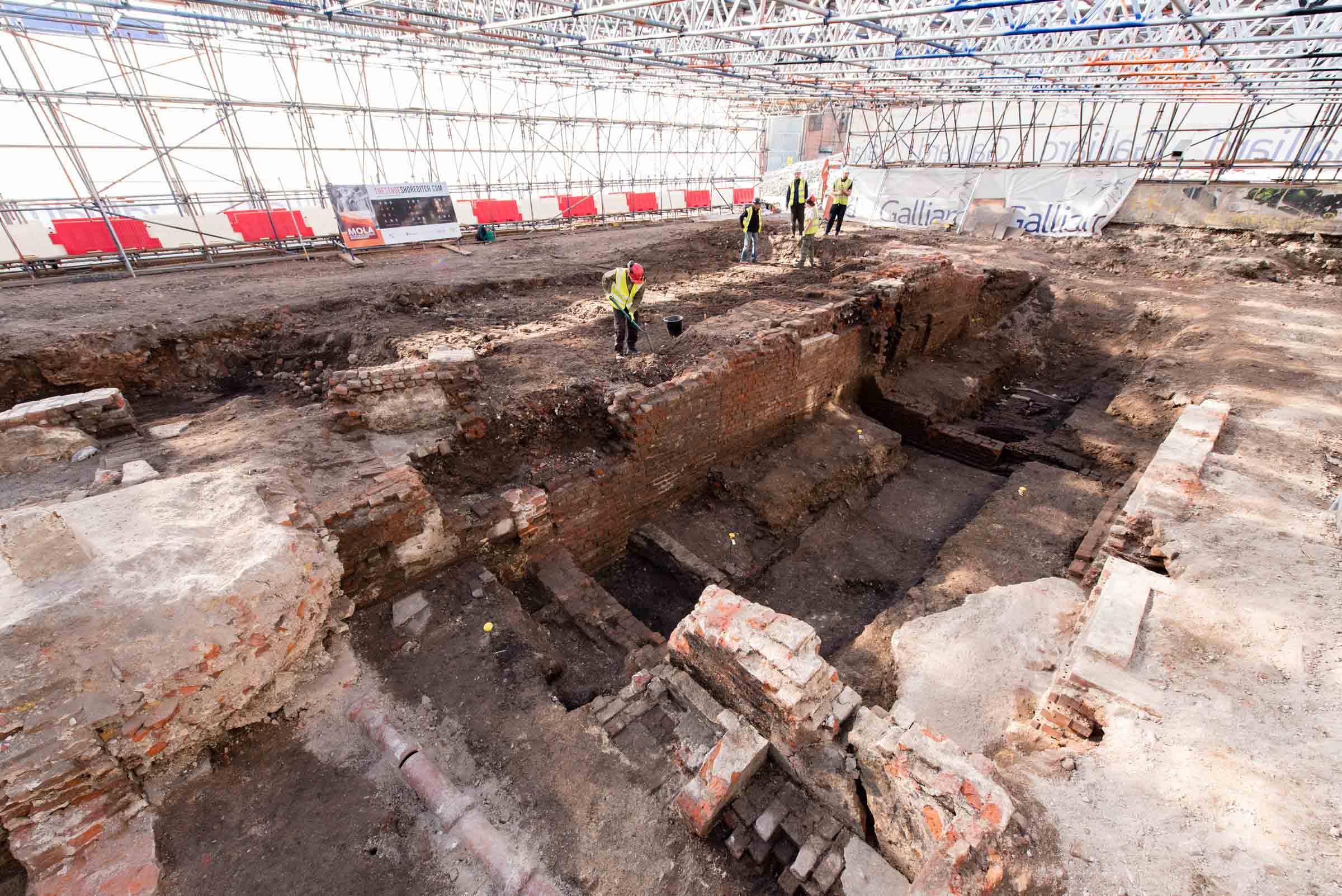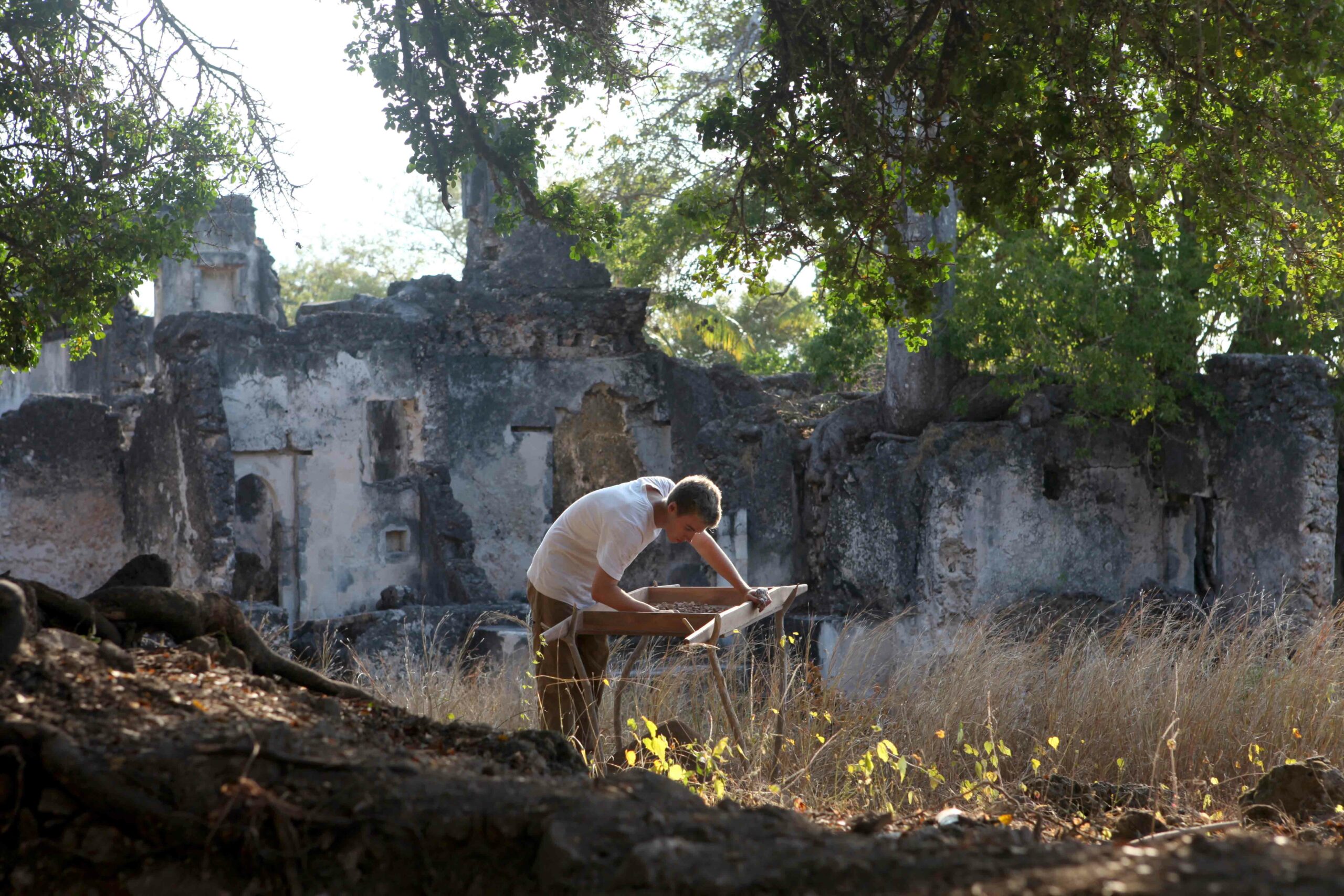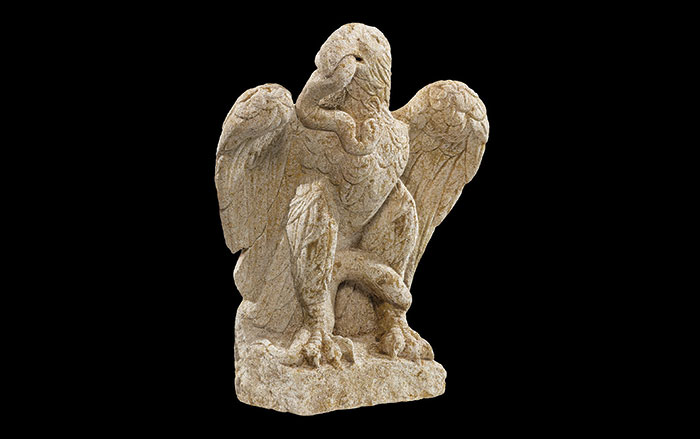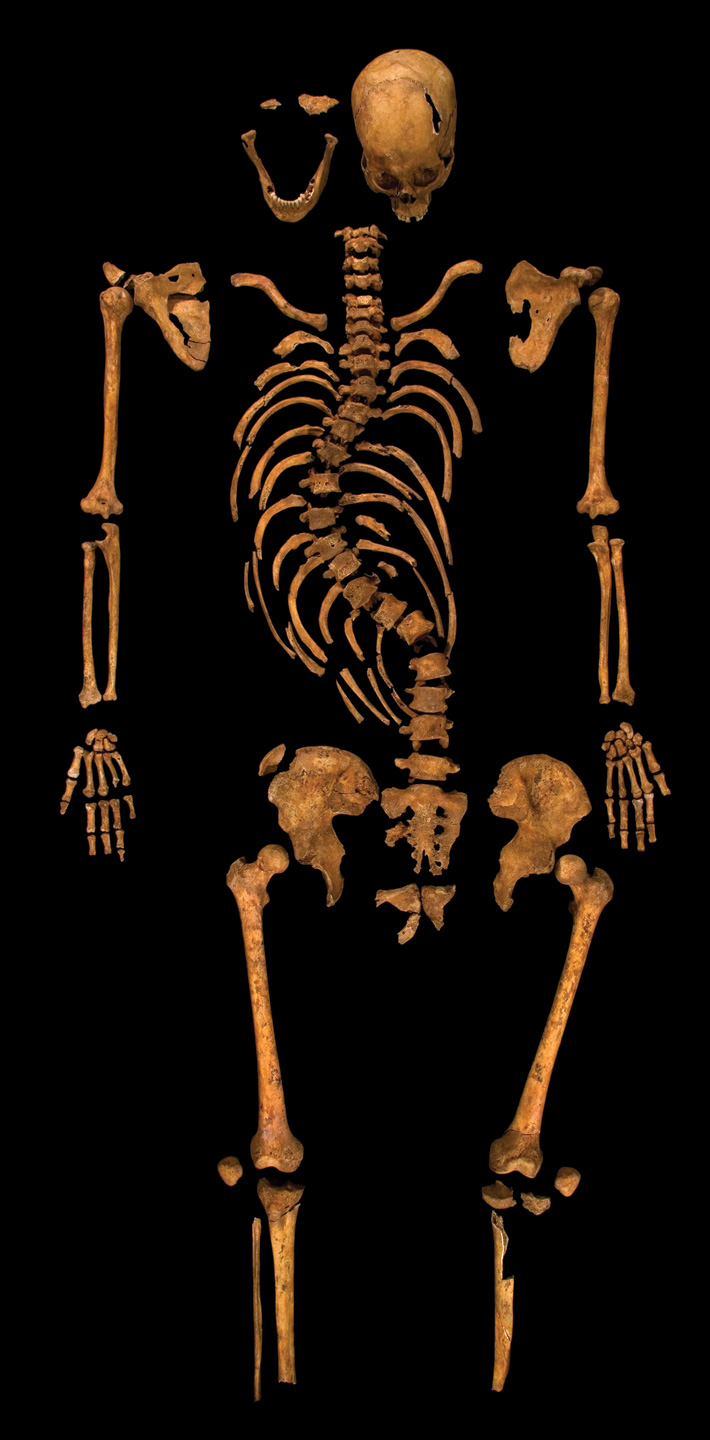
In September 2012 a skeleton discovered beneath a parking lot by University of Leicester Archaeological Services (ULAS) offered tantalizing but circumstantial clues—including its location, battle wounds, and spinal deformity—connecting it with King Richard III (r. 1483–1485). “Of course we had to prove it through proper scientific analysis,” says Richard Buckley, director of ULAS. So the remains were subjected to radiocarbon dating, stable isotope analysis, and detailed osteological examination.
All results were consistent with historical accounts, and genetic comparison with two descendants of Richard’s bloodline provided a final verdict in February. “We could say that beyond reasonable doubt it was Richard III,” says Buckley.
Shortly after the identity of the remains was confirmed, another group of archaeologists announced that they had pinpointed the precise location of Bosworth Field, where Richard met his end, a mile away from the location where the battle was originally believed to have taken place. Among the finds there were a cache of weapons, cannonballs, armor, and a silver badge that may have been carried by one of Richard’s knights.
Cast by both historians and Shakespeare as twisted in both mind and body, Richard III hasn’t received this much attention in more than 500 years. “Of course, what we can’t do is say anything about his character,” says Buckley. “That’s what everybody always wants to know.”
EXPAND
Parking Lot Pay Dirt
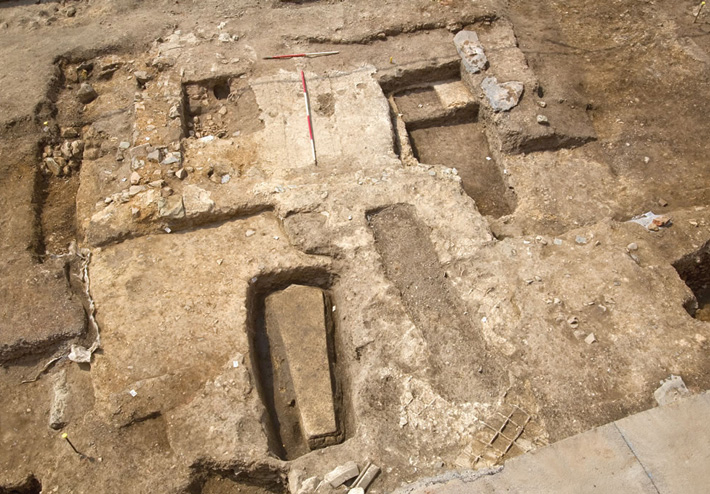
Richard III was just the first in a series of finds beneath parking lots in the United Kingdom this year. At Greyfriars, the Richard III site, archaeologists also uncovered a medieval lead coffin nestled inside a larger stone one. Elsewhere in Leicester another parking lot yielded a 1,700-year-old cemetery. And, in Scotland, yet another patch of asphalt held the remains of eight people—perhaps relatives of a medieval knight also buried there, whose grave contained an ornate stone carving of a Calvary cross and sword.


